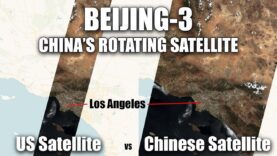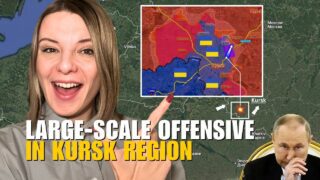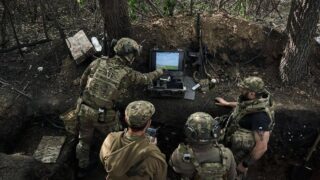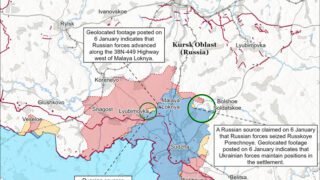Beijing-3: New Rotating Satellite That Can Photograph Large Areas In One Pass
Beijing-3: New Rotating Satellite That Can Photograph Large Areas In One Pass
Video Summary
Unlike traditional imaging satellites, the Beijing 3 is placed in a sun-synchronous orbit, which means it is at an altitude of around 500 kilometers above the Earth’s surface. This allows it to capture detailed images of the planet, with a resolution of around 50 centimeters. The satellite’s camera is also capable of rotating back and forth, allowing it to cover a wider area in a single shot.
The Beijing 3 is not the only imaging satellite in orbit, but it is unique in its ability to combine high-resolution images with a wide field of view. Other satellites, such as Starlink, require thousands of satellites to provide constant coverage of a location, whereas the Beijing 3 can achieve this with just one satellite.
While some media outlets have been hyping up the potential dangers of the Beijing 3, calling it a “major problem” for the US military, the reality is that it is just one tool among many being used for imaging the Earth. It’s not the smallest or lightest satellite in orbit, but it is a good balance between size and capability, and its ability to rotate its camera is a major step up from traditional imaging satellites.
The Beijing 3 has sparked comparisons with other imaging satellites, such as Planet Labs, which have lower resolutions but can cover more ground with their large numbers of smaller satellites. China’s move towards using the Beijing 3 is likely to lead to the launch of more satellites in the future, giving the country an incredible capability to watch and monitor almost any site on Earth continuously. While the Beijing 3 may not be the best in every category, it is a significant step forward in the field of imaging satellites, and its capabilities will likely be put to good use in a variety of fields, from environmental monitoring to surveillance.
























